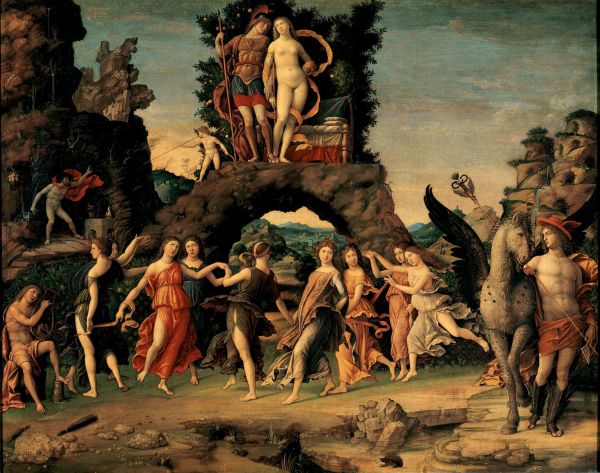
Renaissance art is characterized by naturalism, the use of expressive gesture, linear perspective, atmospheric perspective, and chiaroscuro. In painting, figures are placed in a three-dimensional, believable space, and their posture and gesture. The main characteristics of the Renaissance Art are realism, expressionism, perspective, emphasis on individualism, geometrical arrangement of figures and light and shadowing. Renaissance art plays a great role in the world of arts. It is amazing to know how Renaissance artists work on their arts. How they apply their technique to beautify their works. Many Renaissance artists develop their own original styles. Leonardo da Vinci as one of the greatest artists in Renaissance period, clearly understands linear perspective as well as the importance of light as the unified light source in the painting is related to the real light source. In terms of expression in Renaissance art, it is important to remember that this was a time when art was being brought back to life. Renaissance period made a great impact in the world of art. That make artists now a days more detailed in making their artworks. Artists now a days adopt the techniques of Renaissance period, like the way they use chiaroscuro effect.

Renaissance art sought to capture the experience of the individual and the beauty and mystery of the natural world. Artists studied the effect of light outofdoors and how the eye perceives all the diverse elements in nature. They developed aerial perspective, in which objects become increasingly less distinct and less sharply colored as they recede from the eye of the viewer. The Renaissance period in art history corresponds to the beginning of the great Western age of discovery and exploration, when a general desire developed to examine all aspects of nature and the world. The Renaissance helped in the philosophy, Bruno and other thinkers threw off the chains of cramped intellectual masters for the sake of gaining a free, ancient but pagan viewpoint. This new position proved unsuitable in the end, but it served at the time as a means of escape, a necessary step in the direction of modern philosophy. The Renaissance gradually reached all parts of Europe and finally modified all phases of social life. It developed new arts such as printing, new conceptions of our earth through geographic discoveries, new national policies as in the cultivation of trade by sea, new church life through the Reformation. It brought inspiration, light and joy to those who delighted in art, learning and adventure. However, the neglected masses of peasants were long in gaining any relief from their miseries. Our growth of knowledge was held back by the Middle Ages, and the Renaissance period helped us learn that knowledge with a great speed indeed.





No comments:
Post a Comment